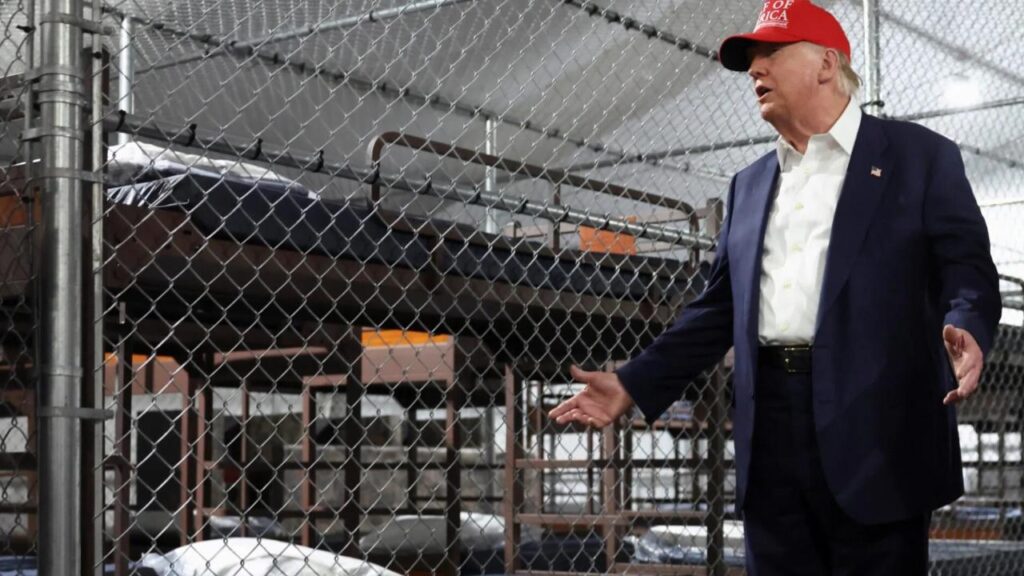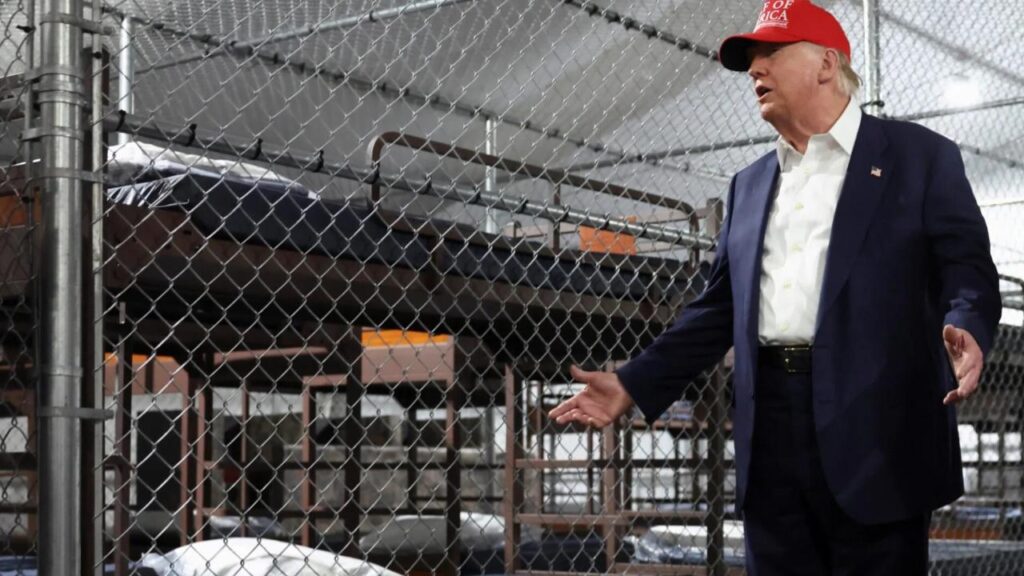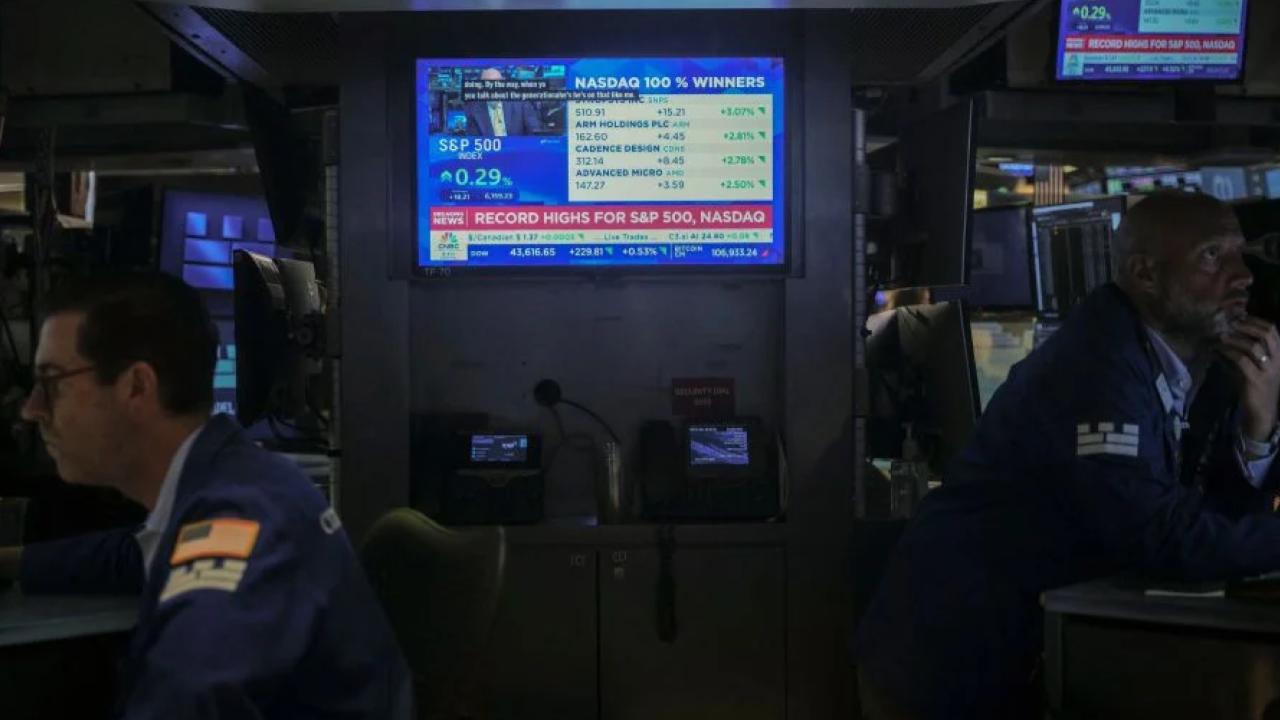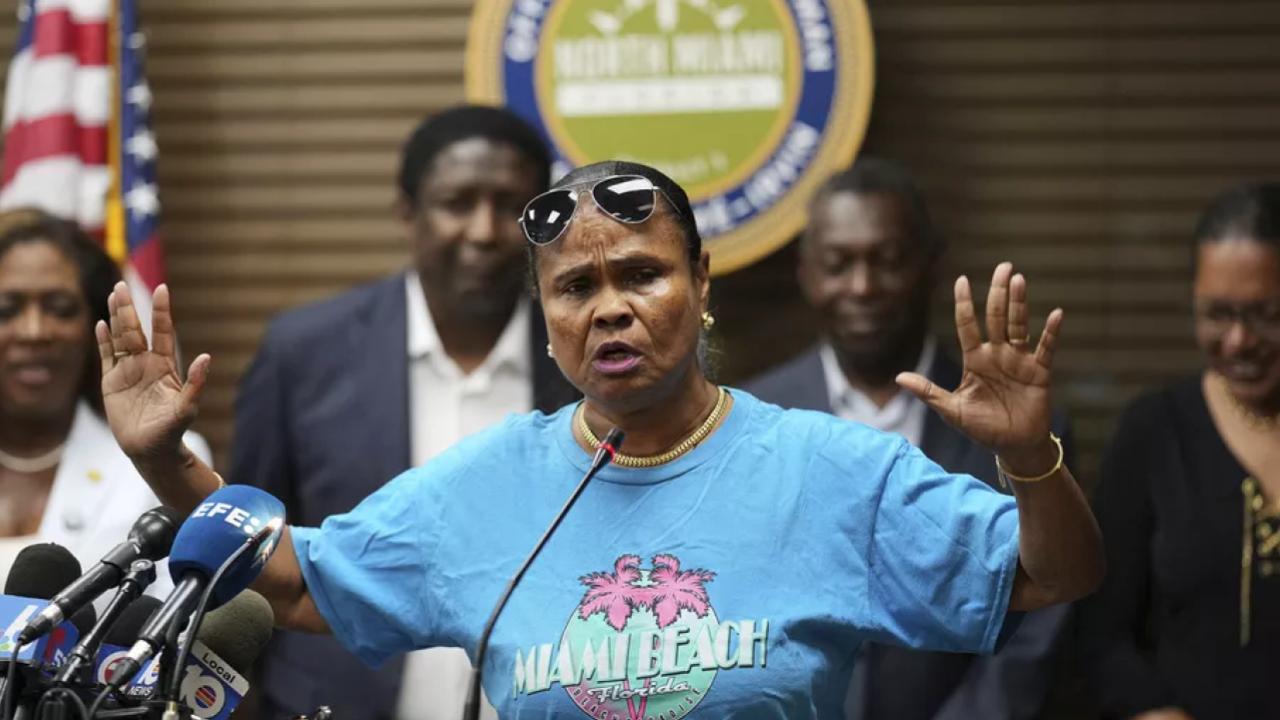Donald Trump’s new migrant detention center deep in the Florida Everglades—nicknamed “Alligator Alcatraz”—is more than a spectacle. It’s a symbol of the former president’s dramatically escalated deportation plans, raising urgent questions about legality, human rights, and America’s moral compass.

Trump’s Florida Detention Fortress: ‘Alligator Alcatraz’
| Insight | Stat |
|---|---|
| Center capacity & budget | 3,000–5,000 detainees; costs $245–450 million annually |
| Migrant deaths in Florida | 5 of 11 U.S. ICE deaths in 2025 happened in Florida |
| ICE detention numbers | 56,000 migrants detained as of mid-June 2025 |
“Alligator Alcatraz” may be the most extreme expression yet of America’s shifting immigration policy. Whether it becomes a footnote—or a blueprint—depends on what happens next in the courts, in Congress, and at the ballot box.
A Swamp Fortress by Design
Built on the old Dade-Collier airstrip in the heart of the Everglades, “Alligator Alcatraz” is surrounded by wetlands crawling with gators and snakes—an intentional deterrent, officials say. Constructed in just over a week, it houses up to 5,000 migrants in tents, trailers, and caged enclosures surrounded by barbed wire.
During his July 1 tour, Trump called it “a model for the nation,” joking that “they’d better know how to run” if they tried to escape. His audience included Governor Ron DeSantis and DHS Secretary Kristi Noem, both of whom praised the project as a triumph of law and order.
Deportation: Fast and Furious
The Everglades facility is one node in a rapidly growing network of Trump-era immigration infrastructure. His administration is pushing a $150 billion “Big Beautiful Bill” that massively expands ICE’s budget, builds new deportation centers, and limits migrants’ access to courts and legal protections.
Key policies include:
- Executive Order 14159, which authorizes deportations without hearings or warrants.
- Guantánamo expansion plans, aiming to detain up to 30,000 migrants offshore.
- A surge in ICE detentions, with over 56,000 currently held—up from around 39,000 before Trump’s return to office.
Red Flags: Human Rights and the Environment
Advocates are raising the alarm. Of the 11 migrants who died in ICE custody this year, five were in Florida, according to government data. Many were allegedly denied medical care or confined in overheated, poorly ventilated spaces.

Environmentalists and tribal leaders also warn that “Alligator Alcatraz” threatens protected lands and sacred Indigenous sites. “The Everglades isn’t just any swamp—it’s a living, breathing ecosystem,” said Dr. Miguel Sandoval, a Florida-based ecologist. “Paving over it for a prison is ecological vandalism.”
A Stage for Political Theater
The optics of the facility are no accident. Trump’s Everglades appearance was choreographed for maximum media impact—though it was briefly upstaged when DeSantis made an unauthorized early visit, reportedly enraging Trump’s team.
But for Trump, “Alligator Alcatraz” is just the start. He’s called on governors across the country to follow Florida’s lead, encouraging red states to build their own high-capacity migrant camps.
FAQs
What is “Alligator Alcatraz” used for?
It’s a migrant detention center in the Florida Everglades, built to house thousands of undocumented immigrants before they’re deported.
Are the detainees criminals?
About 40% have no criminal record, despite ICE claims that the majority are “dangerous individuals.”
Is escape actually dangerous?
Yes. The center is surrounded by swamp, with dense vegetation and wildlife like alligators and snakes—serving as both deterrent and de facto barrier.






